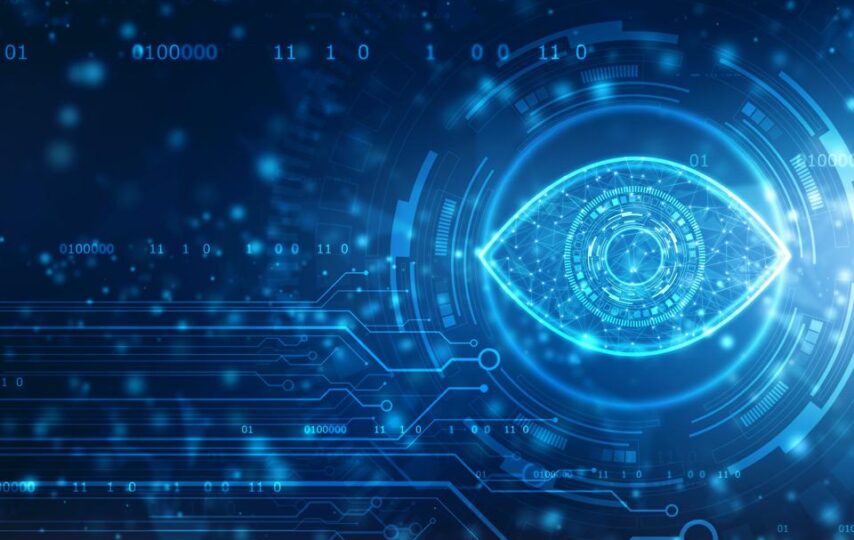Industrial computer vision consists of image analysis and deconstruction and classification for the process of controlling and managing industrial activities. In other words, it allows machines and robots to perform operations where it is essential to “see”.
This technology has applications in a wide variety of industries where it can solve a wide range of problems. Its greatest advantage is that it is relatively inexpensive to implement and its other qualities are robustness, reliability, speed and consistency. For the company that knows how to take advantage of it, computer vision can mean an interesting increase in production margins or a clear improvement in its processes.
The Typical Components of Industrial Computer Vision
A typical computer vision system consists of components that can be grouped into five categories: 1) illumination devices, 2) cameras, 3) specialized image processing equipment, 4) computers, and 5) industrial machines (robots, programmable logic controllers [PLC], etc.). These set of equipment allow industrial computer vision to undertake their key functions:
- Environmental control,
- Image acquisition,
- Image processing,
- Image analysis,
- Decision and action.
It is possible to illustrate this by the following example: a manufacturer wishes to carry out an inspection on the dimensions of parts that he produces in very large quantities. The parts will be conveyed by a conveyor belt to a lighting system that has been carefully chosen and installed so that it highlights each of them so the images acquired by a camera are properly produced. Special attention will have been paid to the background to ensure good contrast and to avoid any harmful reflections.
Then, the images will be processed to eliminate the different acquisition noises to improve contrast and to remove any irrelevant information. Once the image treatments have been applied, a series of digital measurements will be extracted during the analysis phase to determine whether the part under examination conforms to the manufacturer’s specifications. If the part is found to be non-compliant, it can be removed from the shipping line by a robot or a dedicated machine.
Types of Industries and Applications
Many industries benefit from the advantages of computer vision. Among others, we can mention the following key sectors where the applications of computer vision are more prominent:
- Aerospace sector
- Agribusiness sector
- Furniture manufacturing
- Automotive sector
- Biomedical production
- Electronics
- Packaging
- Forestry
- Metallurgy
- Pharmaceutical production
- Solar energy
- Textile manufacturing
Quality control is the key way computer vision can improve productivity in these industries. Examples are many, we can think of verifying the proper functioning of car and aeroplane dashboard displays, controlling the regular shape of cookies and cakes produced on the production line, validating the correct dimensions of holes in furniture components, evaluating the quality of boards produced by a sawmill, and much more.
Computer vision is also very often directly involved in the manufacturing or production process. For example, in the automotive and aerospace industries, it is used in conjunction with robotics for the handling and assembly of mechanical components.
In sawmills, it is used to model a log in order to optimize its cut. In the food industry, it is used to control the cleanliness and filling of containers. Vision is also used for tracking and product identification.








